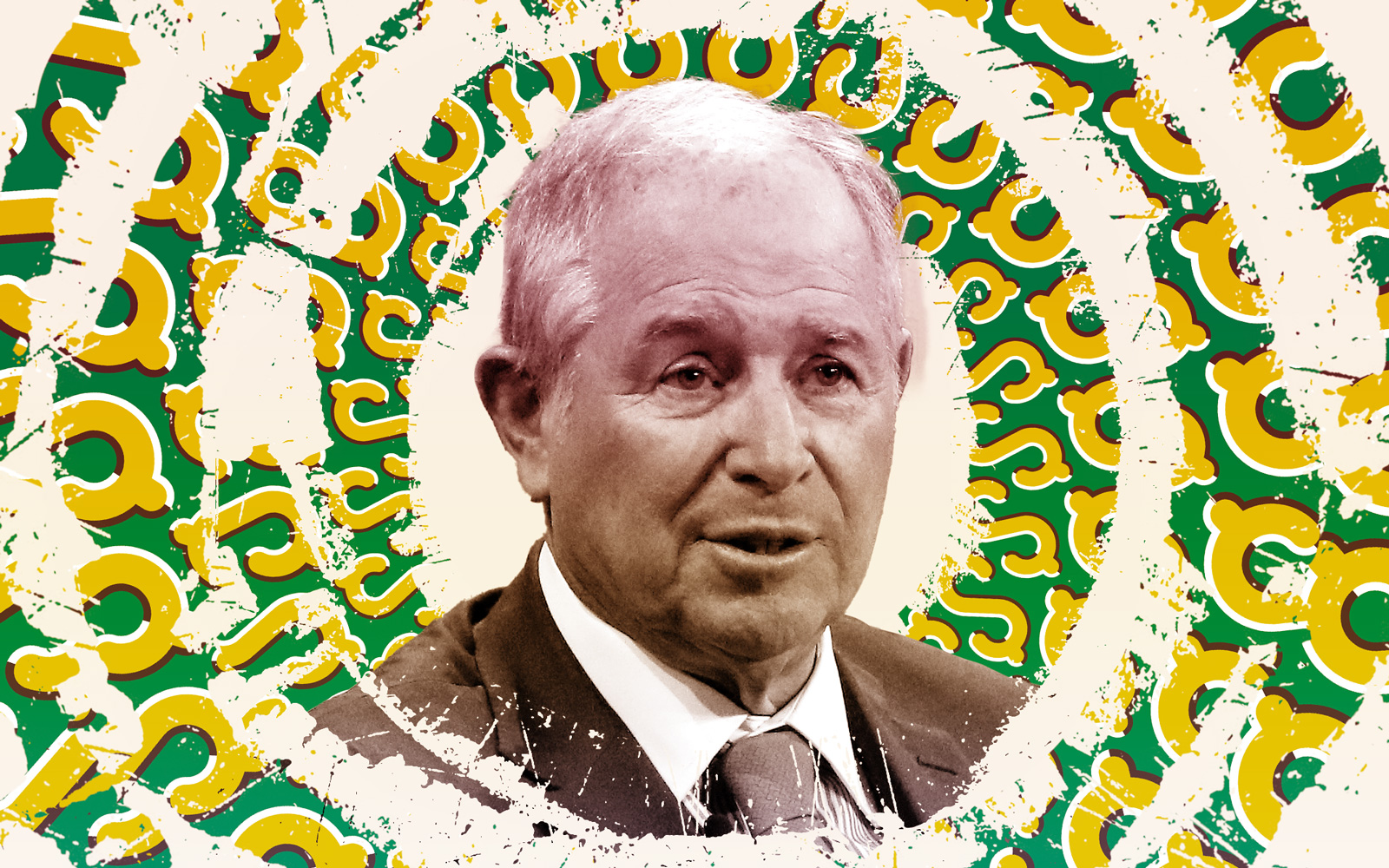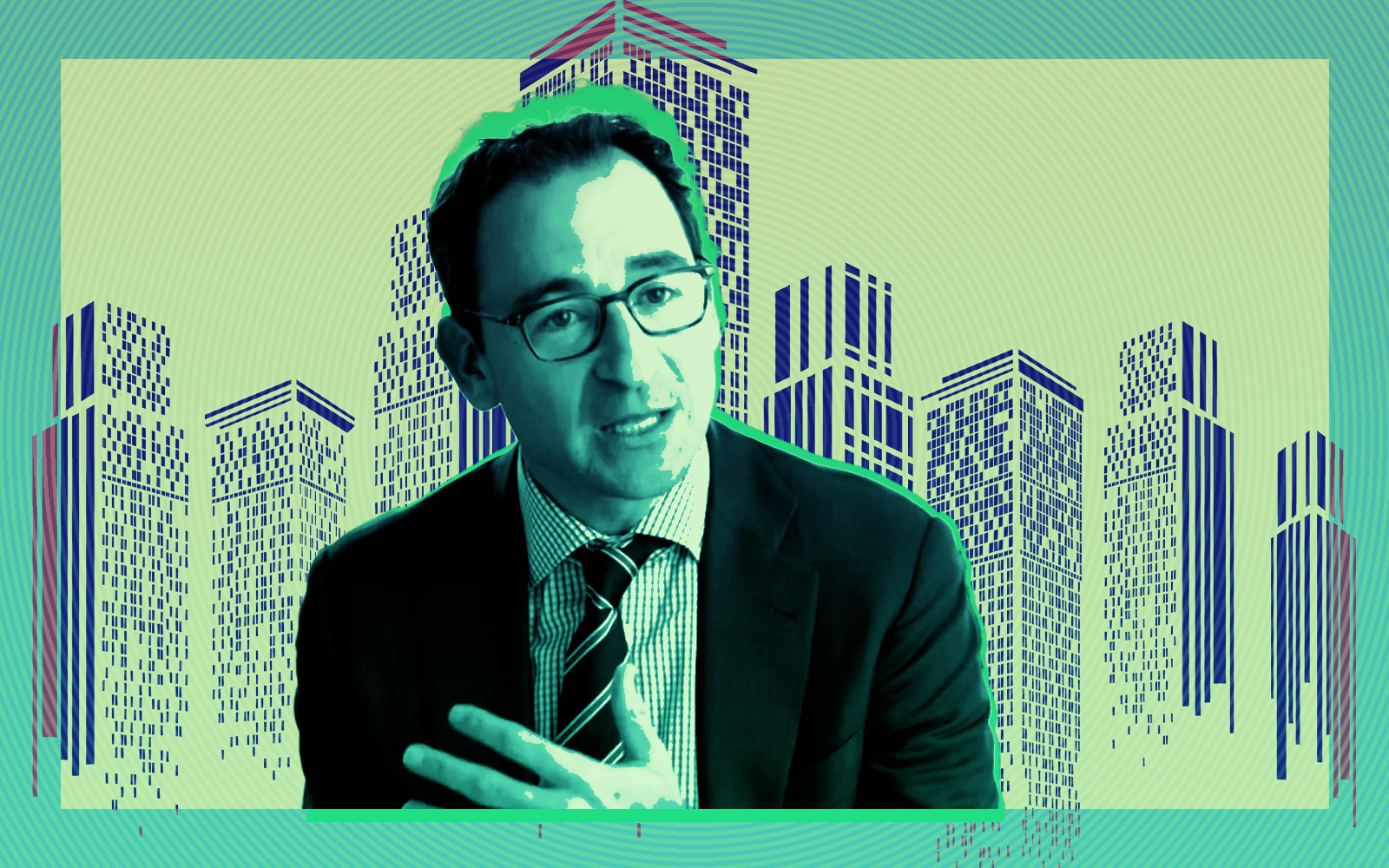Sixteen years ago, Vornado seemed to have pushed an even bigger player, Blackstone, around a bit. For the larger firm, it proved to be a blessing in disguise.
In 2007, Blackstone bought Sam Zell’s Equity Office Properties for $39 billion — about $3 billion more than it wanted to spend, thanks to a competing bid from Vornado. That forced Blackstone to re-sell more of the office properties than it had originally planned.
In the post-pandemic world, any pre-Covid office sell-off looks like a stroke of brilliance. Blackstone’s divestment began after the Equity purchase, when most of its real estate was office.
“Our global real estate office portfolio — which had been 60 percent of our holdings — now it’s 2 percent,” said senior executive Wesley LePatner at a recent panel discussion. “So this has been a theme we’ve been steadily reducing our exposure to.”
Though the market for Class A office space recovered after the Great Recession, Blackstone had its eyes on other asset classes.
“The upside in areas like data centers, life sciences, logistics, may have appeared stronger than in office, where again the market for dispositions was very strong and there was a rich pool of prospective buyers,” said Sam Chandan, director of a real estate institute at NYU’s business school.
That notion was affirmed by Blackstone CEO Stephen Schwarzman’s statements during the first quarter earnings call.
“We instead emphasized sectors that are doing very well, including logistics, which now comprises 40 percent of the portfolio, up from zero in 2007,” he said. “Our real estate team has done a remarkable job of portfolio construction. In fact, I would call it some of Blackstone’s finest work.”
Office markets around the country have been moribund as employees resist returning to their desks on a full-time basis and their employers look to save money on rent. In 10 metro areas, average occupancy in offices tracked by data firm Kastle Systems hovers just under 50 percent. New York City’s was 49 percent in mid-May, while Houston led the way with a modest 61 percent and San Jose brought up the rear at 39 percent.
Concessions remained common across the 28 deals for at least $100 per square foot and 25,000 square feet signed last quarter in Manhattan’s office market. While that number was higher than the five-year quarterly average, concessions outpaced price increases, as landlords offered on average 16 months of free rent, down from 13 months pre-Covid.
And despite talk of a “flight to quality,” tenants are more likely than ever to land a lease below $100 per square foot in Class A properties. Manhattan’s office availability in the quarter ticked up to 17.1 percent.
Those are problems for other firms now, not Blackstone. Distributable earnings from its real estate were down 58 percent last quarter because of the frozen investment-sales market, and it has limited investors’ withdrawals from its non-traded real estate fund BREIT, but by shedding office assets it has avoided the bloodbath that engulfs rivals — such as Vornado.
“Our positioning is the reason that BREIT, for example, continues to generate strong growth in cash flows — up an estimated 9 percent year-over-year in the first quarter — despite market headwinds,” Schwarzman said.
Read more



